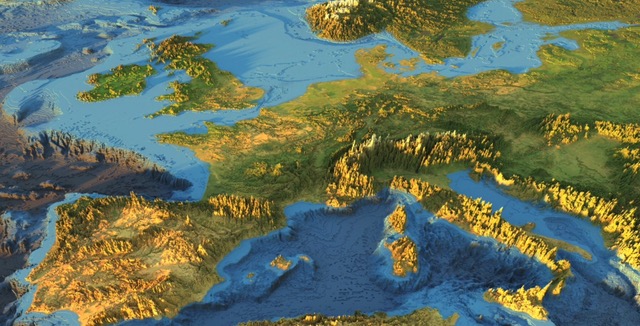27th – 28th Sept
Our extended stay in Gettysburg meant that we had needed to cancel our plans to visit Fallingwater. This is the weekend home designed by the renowned architect Frank Lloyd Wright built teetering atop a waterfall in the wilds of rural Pennsylvanian hills in the mid-1930s for the wealthy Edgar J Kaufmann. Wealthy because he owned the large and successful eponymously named ‘Kaufmann’ department store in Pittsburg. In the wilds of Pennsylvania because he happened to own 1700 of hilly wooded acres a mere 43 miles from Pittsburg. Teetering atop a waterfall because the Kaufmanns requested the home to be built near the waterfall so that they could see it from the house and Wright decided that he could do better than that.

As could be expected the project went mostly the way Wright wanted it and cost five times the amount of the Kaufmann’s money than he had originally quoted. Luckily Kaufmann was in a position to keep writing the cheques and what resulted was a sublime piece of architecture and design that has oft been cited as one of Wright’s greatest works.
The Kaufmanns both died in the mid 1950s and their only child, Edgar Kaufman Jnr, who had no children of his own, gifted the home and most of the land to the Western Pennsylvania Conservancy in the early 1960s. The house is maintained almost exactly as it was when it was built and has now hosted more than 5 million visitors for tours.
Visiting Fallingwater was something Nick has wanted to do since ages ago, so we booked our tickets (again) online, (Re)booked a nearby campsite and headed west from Gettysburg. It was raining. Quite a lot. And hilly. So very hilly. Poor Big Dave schlepped up hill and down dale for several hours to get us to the little corner of nowhere where the house is situated.
It was definitely worth the trip. Despite the rain (which actually enhanced the waterfall and the gave the house cool, moody ambiance) and the slightly laissez-faire attitude of our guide (who I suspect would rather have been somewhere else even though she told us that she ‘loved coming to work’ and that we had been ‘such a fun group’ – both blatant untruths), the house was amazing. Lots of cantilevered terraces that seemingly defied gravity, quirky design features like steps from inside the living room down to the pool at the top of the waterfall and lots of beautiful joinery and custom Wright-designed furniture.

It was actually quite modest in size considering the huge importance that it holds in the world of architecture. It is fantastic that it has been preserved so intact but it made me a little sad that it has now been a museum piece for nearly 55 years, a good 30 years longer than it belonged to the Kaufmans. Wright’s design of the house has almost completely drowned out the stories of the three people who called it home.
After our tour we headed off to our roost for the night, a Core of Engineers campsite on the outflow river of a dam and small hydro-electric plant. It was still raining. I wasn’t sure if this place was more likely or less likely to flood than your run-of-the-mill riverside spot. In the interests of actually getting some sleep that night, I went with less…
Striking camp in the wet was a trifle miserable but soon done. We shut the door, changed into dry clothes and had comfort food for dinner: Pan-fried scrapple *, beans and mash. With a fried egg.
The incessant rain stopped at about 3am, the campsite didn’t flood and we woke to sunshine and a power cut.
Breakfast and packing-up were accompanied by the dulcet tones of our LPG generator and by 10.30 am we set off on our hilly way to our next state, West Virginia via Maryland.
*In case you were wondering:
Scrapple, also known by the Pennsylvania Dutch name Pannhaas or “pan rabbit”,[1][2] is traditionally a mush of porkscraps and trimmings combined with cornmeal and wheat flour, often buckwheat flour, and spices. The mush is formed into a semi-solid congealed loaf, and slices of the scrapple are then pan-fried before serving. Scraps of meat left over from butchering, not used or sold elsewhere, were made into scrapple to avoid waste. Scrapple is best known as an American food of the Mid-Atlantic states (Delaware, Maryland, New Jersey, Pennsylvania, and Virginia). Scrapple and panhaas are commonly considered an ethnic food of the Pennsylvania Dutch, including the Mennonitesand Amish.
(Thanks Wikipedia)

